Ten years ago today, Nintendo released the Wii U—an awkward but endearing console with a tablet-like game controller. Although it sold poorly compared to its smash-hit predecessor, Nintendo's quirky game system still holds a place in our hearts. It's a one-of-a-kind device that we may never see the likes of again.
The Wii U launched in the US on November 18, 2012. It initially shipped in a "Basic Set" for $299.99 and a "Deluxe Edition" for $349.99 that came with a copy of NintendoLand (more on that later). The console shipped in black or white color schemes with 8GB or 32GB memory versions. It was Nintendo's first HD console.
Compared to the Nintendo Wii's 101 million sales, the Wii U sold a mere 13.56 million units during its more than four-year lifespan (November 2012 to January 2017). And it moved far fewer units than the PlayStation 4 (100-plus million) and Xbox One (50 million). So many consider it a failure—but the "Big U" still kept a diehard following that endures.
The Wii U was never an easy elevator pitch: Imagine a home game console that has a main controller that is also a touchscreen, similar to a smaller, thicker, lower-resolution iPad. It's like a tablet, but it isn't—you still need a base console. And this tablet controller? You can only use one of them. But maybe two, eventually (although that never came to pass). Sometimes you use this controller screen as your main gaming display, sometimes you don't. Beyond that, games can utilize up to five or more different types of control schemes, including Wii Remotes and a stylus on a touchscreen. Oh, and it's a Wii in name, but it's also an entirely new console—although it looks a lot like the last model and can use the same accessories and play Wii games.
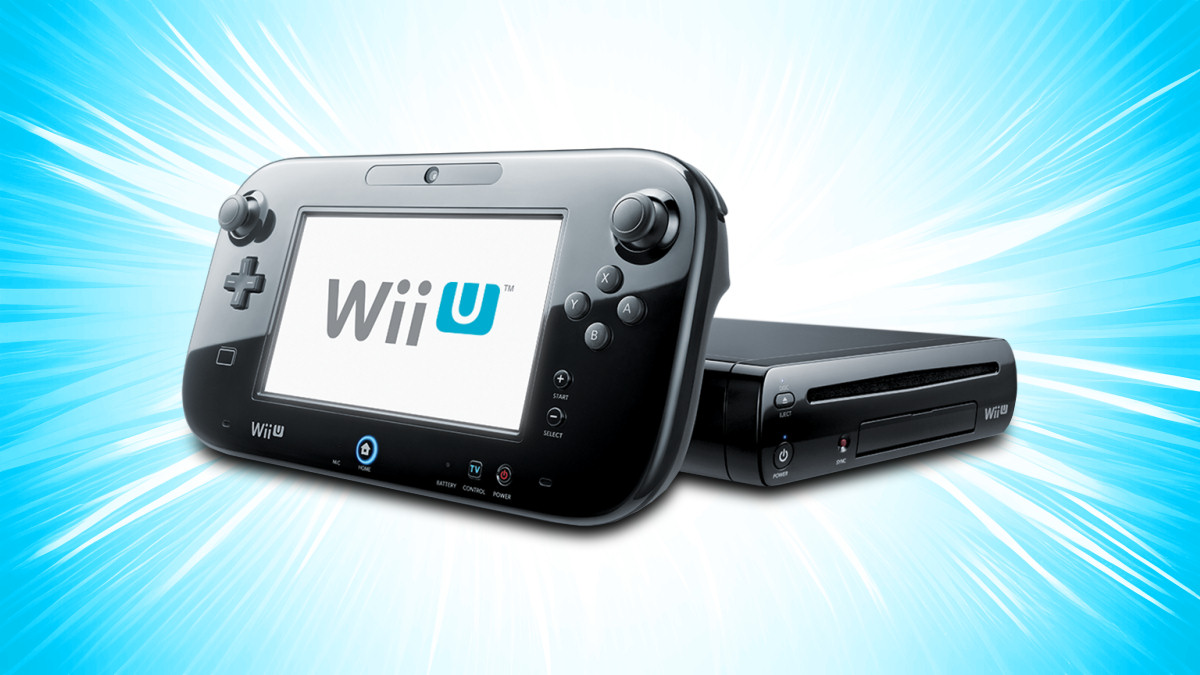
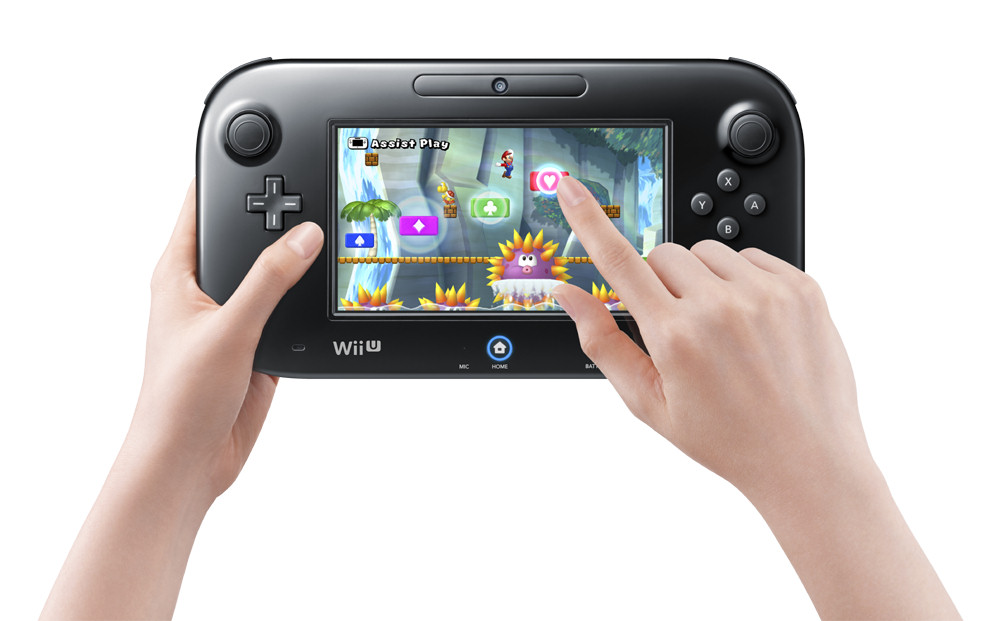
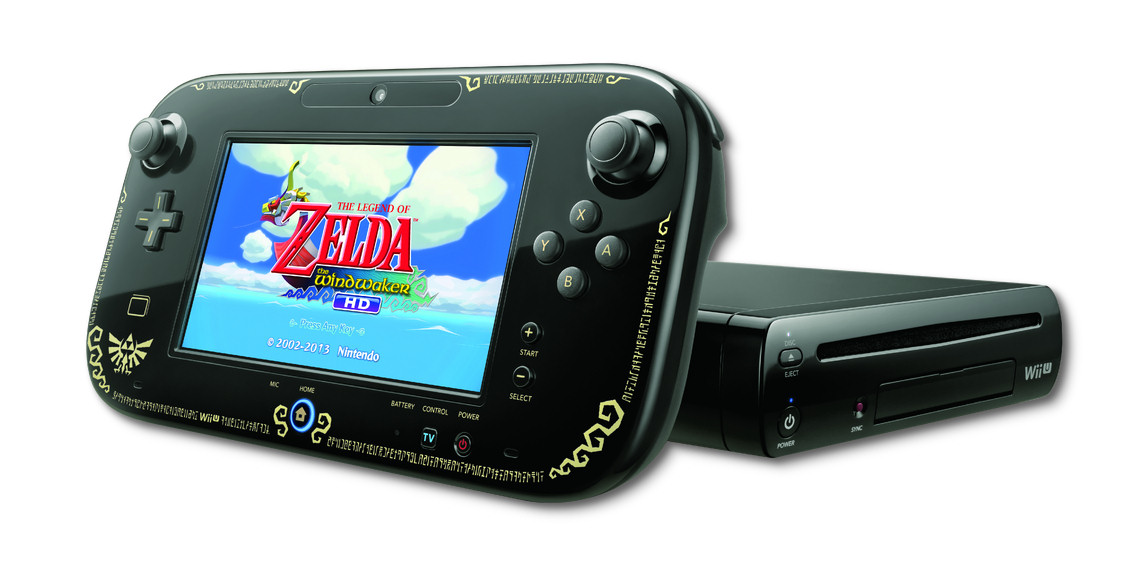
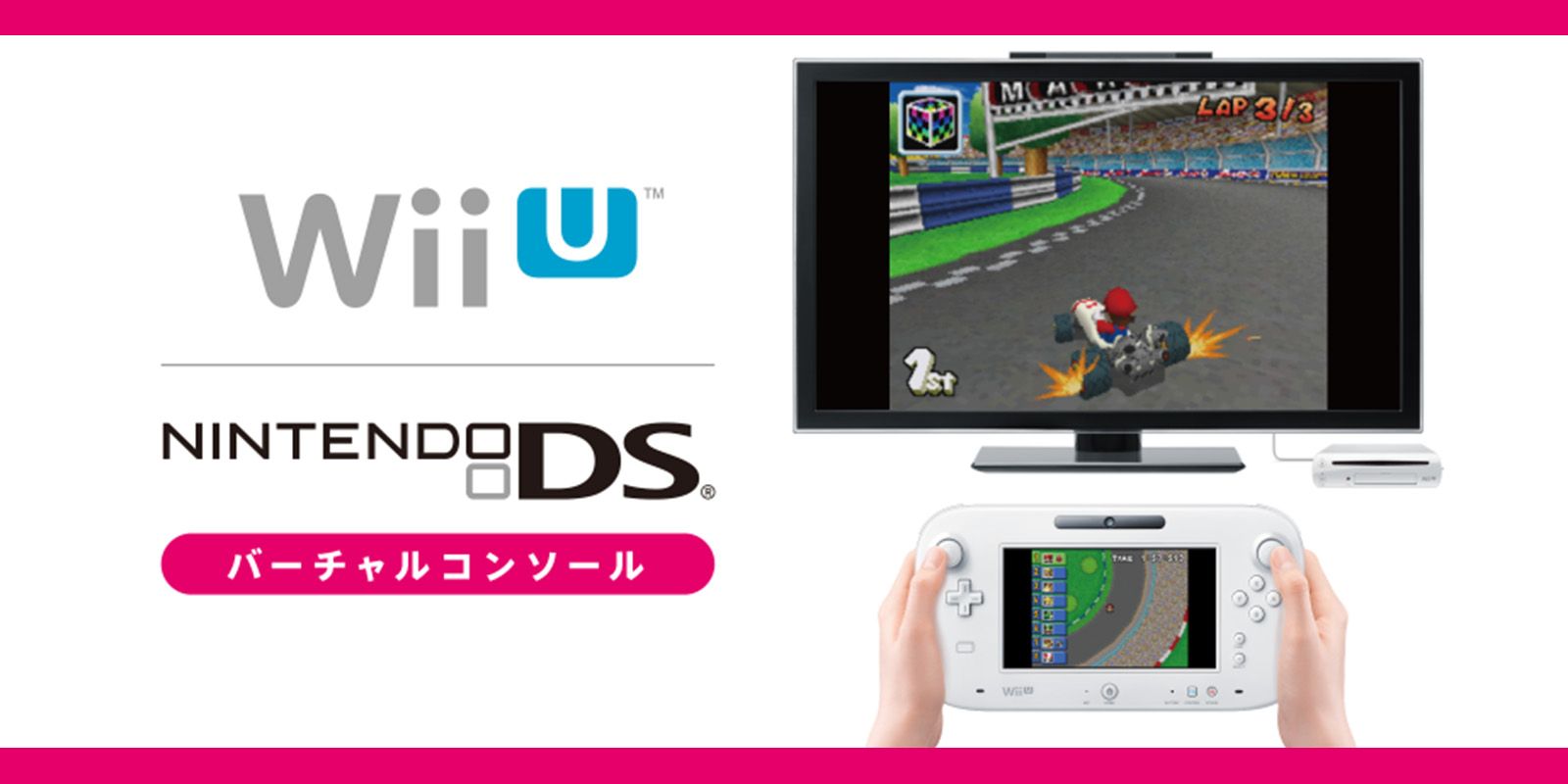
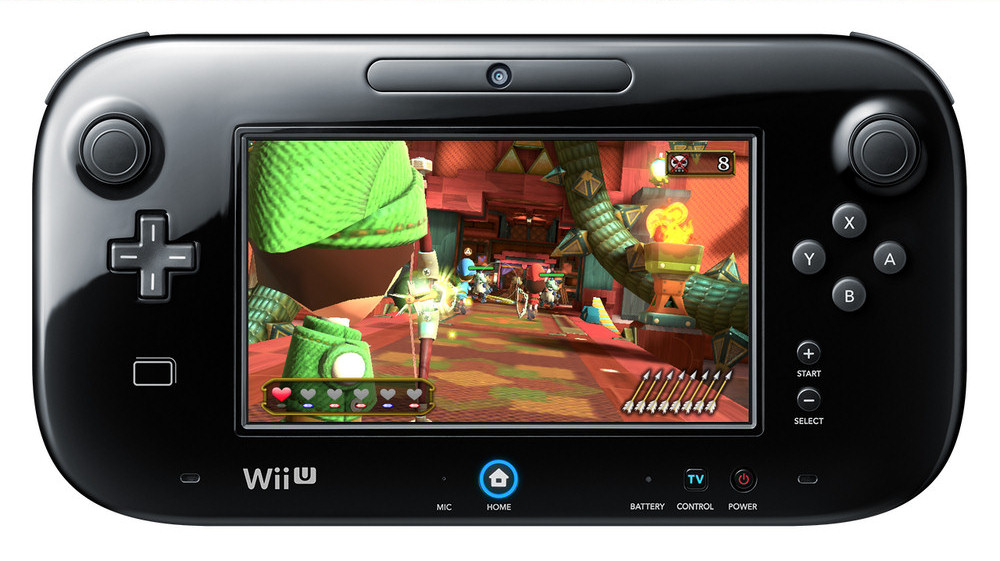
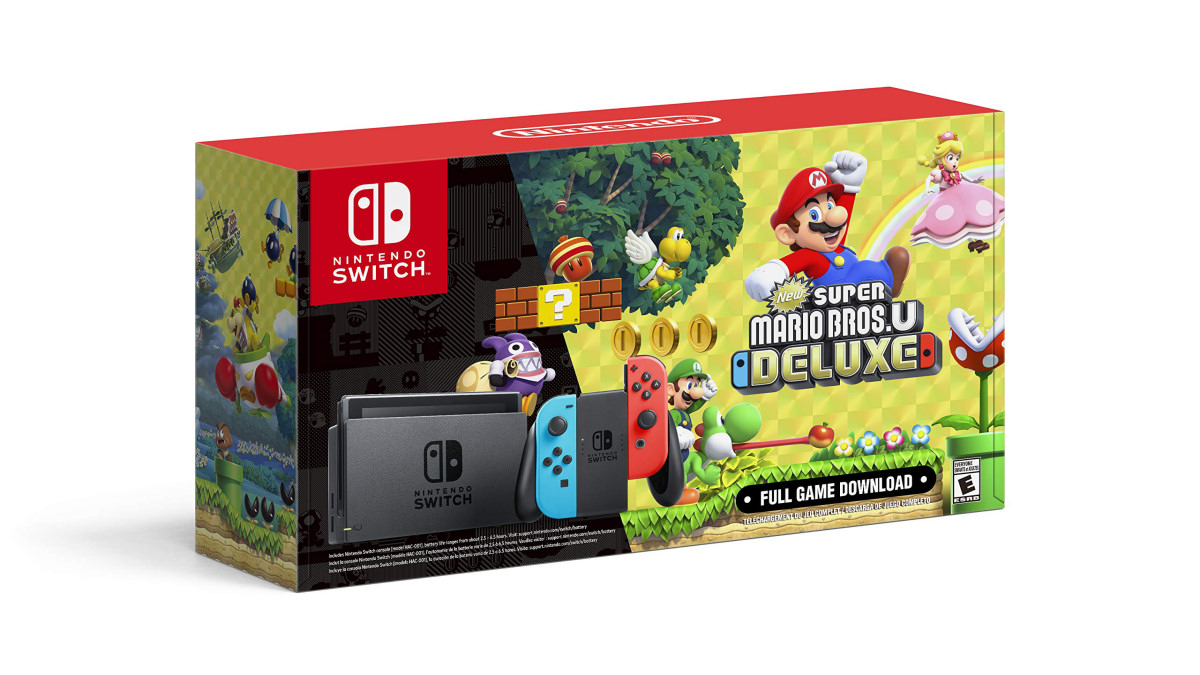
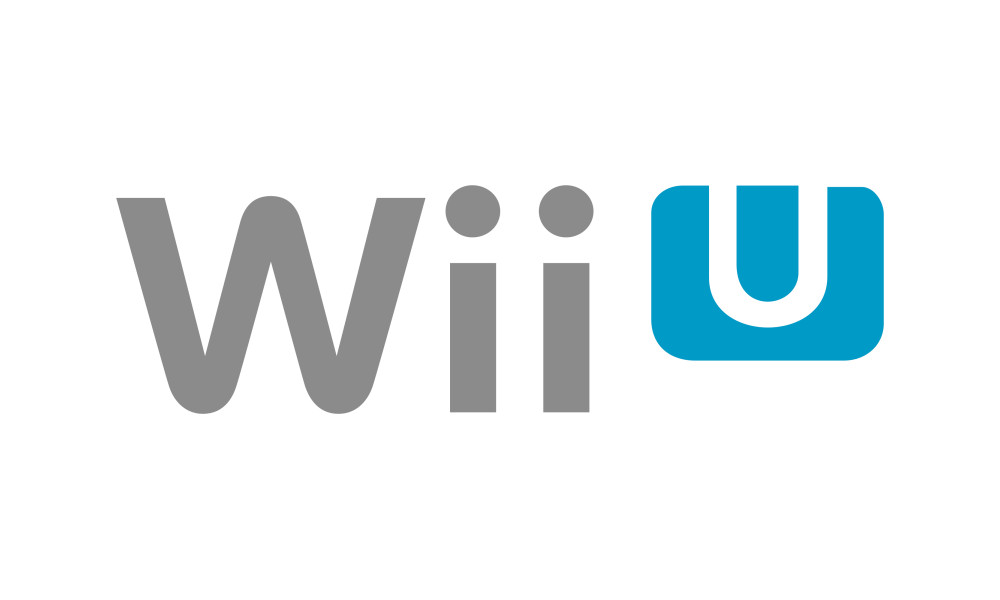
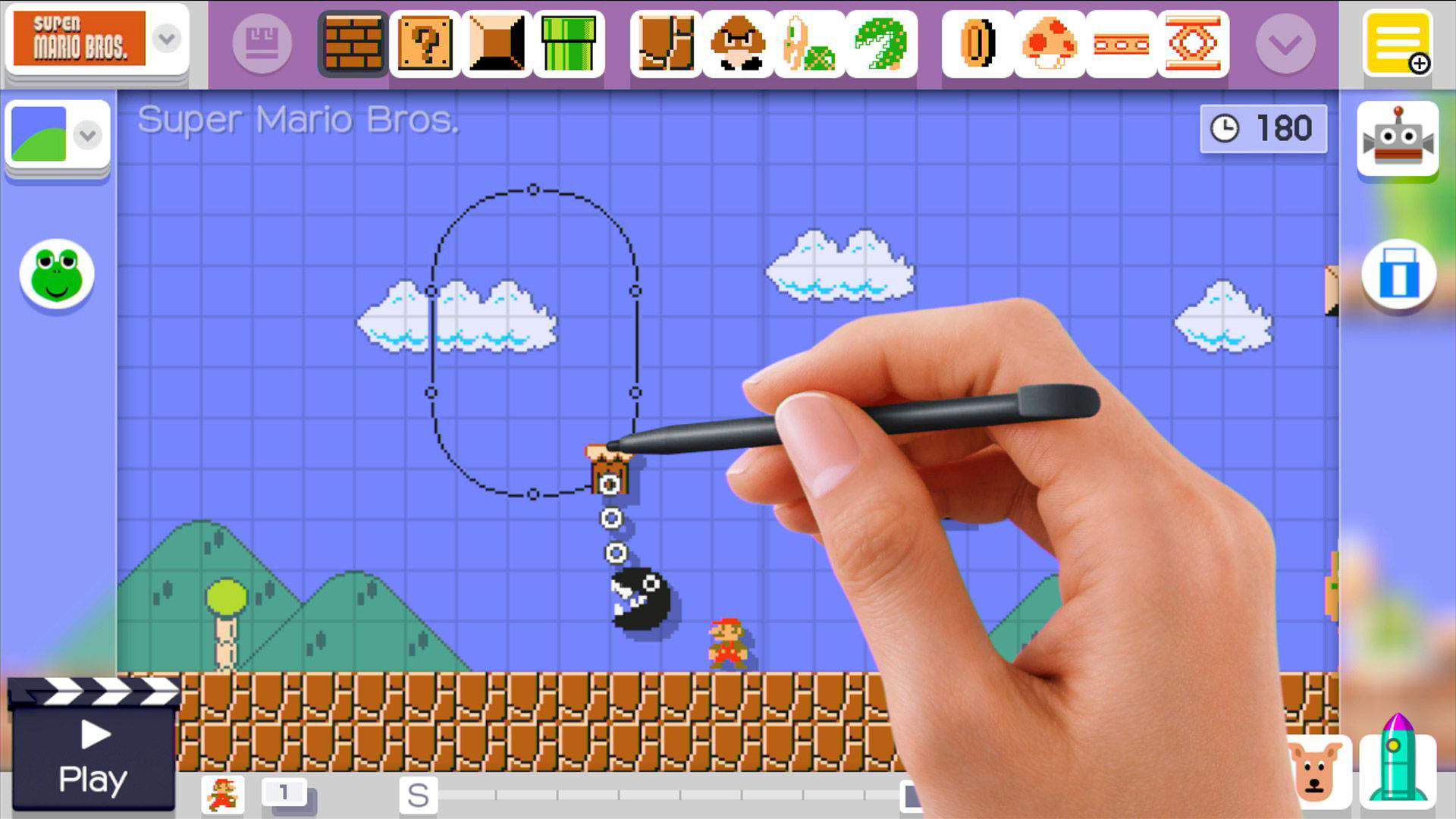
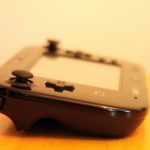
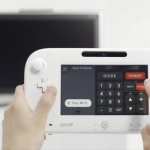
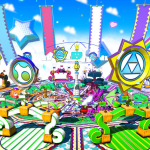
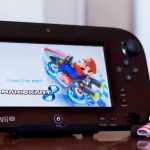

 Loading comments...
Loading comments...
